Virginia Woolf
Virginia Woolfon Aug 22, 2019
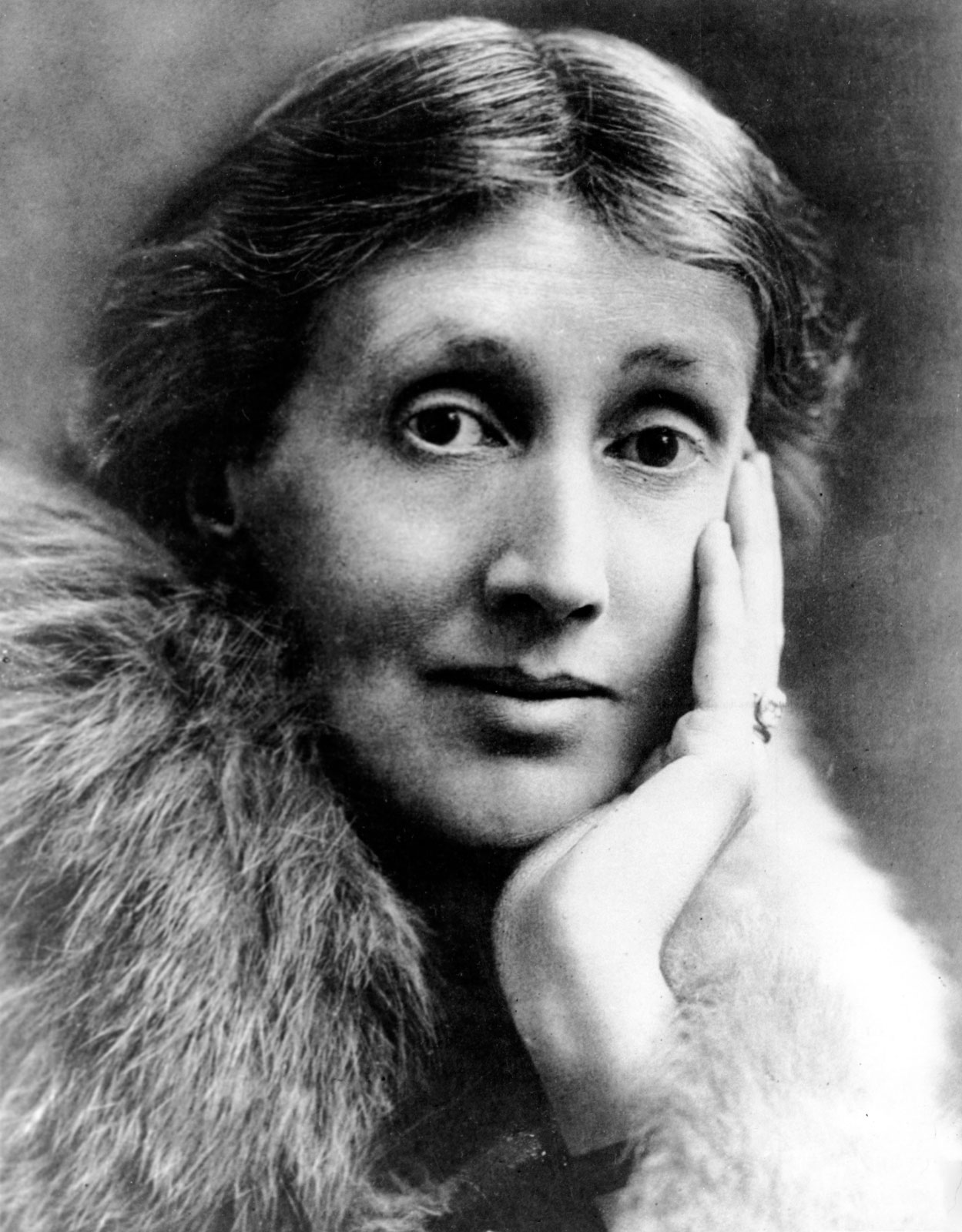
About
Virginia Woolf, original name in full Adeline Virginia Stephen, (born January 25, 1882, London, England—died March 28, 1941, near Rodmell, Sussex), English writer whose novels, through their nonlinear approaches to narrative, exerted a major influence on the genre. While she is best known for her novels, especially Mrs. Dalloway (1925) and To the Lighthouse (1927), Woolf also wrote pioneering essays on artistic theory, literary history, women’s writing, and the politics of power. A fine stylist, she experimented with several forms of biographical writing, composed painterly short fictions, and sent to her friends and family a lifetime of brilliant letters.Early Life And Influences
Born Virginia Stephen, she was the child of ideal Victorian parents. Her father, Leslie Stephen, was an eminent literary figure and the first editor (1882–91) of the Dictionary of National Biography. Her mother, Julia Jackson, possessed great beauty and a reputation for saintly self-sacrifice; she also had prominent social and artistic connections, which included Julia Margaret Cameron, her aunt and one of the greatest portrait photographers of the 19th century. Both Julia Jackson’s first husband, Herbert Duckworth, and Leslie’s first wife, a daughter of the novelist William Makepeace Thackeray, had died unexpectedly, leaving her three children and him one. Julia Jackson Duckworth and Leslie Stephen married in 1878, and four children followed: Vanessa (born 1879), Thoby (born 1880), Virginia (born 1882), and Adrian (born 1883). While these four children banded together against their older half siblings, loyalties shifted among them. Virginia was jealous of Adrian for being their mother’s favourite. At age nine, she was the genius behind a family newspaper, the Hyde Park Gate News, that often teased Vanessa and Adrian. Vanessa mothered the others, especially Virginia, but the dynamic between need (Virginia’s) and aloofness (Vanessa’s) sometimes expressed itself as rivalry between Virginia’s art of writing and Vanessa’s of painting. The Stephen family made summer migrations from their London town house near Kensington Gardens to the rather disheveled Talland House on the rugged Cornwall coast. That annual relocation structured Virginia’s childhood world in terms of opposites: city and country, winter and summer, repression and freedom, fragmentation and wholeness. Her neatly divided, predictable world ended, however, when her mother died in 1895 at age 49. Virginia, at 13, ceased writing amusing accounts of family news. Almost a year passed before she wrote a cheerful letter to her brother Thoby. She was just emerging from depression when, in 1897, her half sister Stella Duckworth died at age 28, an event Virginia noted in her diary as “impossible to write of.” Then in 1904, after her father died, Virginia had a nervous breakdown. While Virginia was recovering, Vanessa supervised the Stephen children’s move to the bohemian Bloomsbury section of London. There the siblings lived independent of their Duckworth half brothers, free to pursue studies, to paint or write, and to entertain. Leonard Woolf dined with them in November 1904, just before sailing to Ceylon (now Sri Lanka) to become a colonial administrator. Soon the Stephens hosted weekly gatherings of radical young people, including Clive Bell, Lytton Strachey, and John Maynard Keynes, all later to achieve fame as, respectively, an art critic, a biographer, and an economist. Then, after a family excursion to Greece in 1906, Thoby died of typhoid fever. He was 26. Virginia grieved but did not slip into depression. She overcame the loss of Thoby and the “loss” of Vanessa, who became engaged to Bell just after Thoby’s death, through writing. Vanessa’s marriage (and perhaps Thoby’s absence) helped transform conversation at the avant-garde gatherings of what came to be known as the Bloomsbury group into irreverent, sometimes bawdy repartee that inspired Virginia to exercise her wit publicly, even while privately she was writing her poignant “Reminiscences”—about her childhood and her lost mother—which was published in 1908. Viewing Italian art that summer, she committed herself to creating in language “some kind of whole made of shivering fragments,” to capturing “the flight of the mind.”Major Period
At the beginning of 1924, the Woolfs moved their city residence from the suburbs back to Bloomsbury, where they were less isolated from London society. Soon the aristocratic Vita Sackville-West began to court Virginia, a relationship that would blossom into a lesbian affair. Having already written a story about a Mrs. Dalloway, Woolf thought of a foiling device that would pair that highly sensitive woman with a shell-shocked war victim, a Mr. Smith, so that “the sane and the insane” would exist “side by side.” Her aim was to “tunnel” into these two characters until Clarissa Dalloway’s affirmations meet Septimus Smith’s negations. Also in 1924 Woolf gave a talk at Cambridge called “Character in Fiction,” revised later that year as the Hogarth Press pamphlet Mr. Bennett and Mrs. Brown. In it she celebrated the breakdown in patriarchal values that had occurred “in or about December, 1910”—during Fry’s exhibit “Manet and the Post-Impressionists”—and she attacked “materialist” novelists for omitting the essence of character. In Mrs. Dalloway (1925), the boorish doctors presume to understand personality, but its essence evades them. This novel is as patterned as a Post-Impressionist painting but is also so accurately representational that the reader can trace Clarissa’s and Septimus’s movements through the streets of London on a single day in June 1923. At the end of the day, Clarissa gives a grand party and Septimus commits suicide. Their lives come together when the doctor who was treating (or, rather, mistreating) Septimus arrives at Clarissa’s party with news of the death. The main characters are connected by motifs and, finally, by Clarissa’s intuiting why Septimus threw his life away. Woolf wished to build on her achievement in Mrs. Dalloway by merging the novelistic and elegiac forms. As an elegy, To the Lighthouse—published on May 5, 1927, the 32nd anniversary of Julia Stephen’s death—evoked childhood summers at Talland House. As a novel, it broke narrative continuity into a tripartite structure. The first section, “The Window,” begins as Mrs. Ramsay and James, her youngest son—like Julia and Adrian Stephen—sit in the French window of the Ramsays’ summer home while a houseguest named Lily Briscoe paints them and James begs to go to a nearby lighthouse. Mr. Ramsay, like Leslie Stephen, sees poetry as didacticism, conversation as winning points, and life as a tally of accomplishments. He uses logic to deflate hopes for a trip to the lighthouse, but he needs sympathy from his wife. She is more attuned to emotions than reason. In the climactic dinner-party scene, she inspires such harmony and composure that the moment “partook, she felt,…of eternity.” The novel’s middle “Time Passes” section focuses on the empty house during a 10-year hiatus and the last-minute housecleaning for the returning Ramsays. Woolf describes the progress of weeds, mold, dust, and gusts of wind, but she merely announces such major events as the deaths of Mrs. Ramsay and a son and daughter. In the novel’s third section, “The Lighthouse,” Woolf brings Mr. Ramsay, his youngest children (James and Cam), Lily Briscoe, and others from “The Window” back to the house. As Mr. Ramsay and the now-teenage children reach the lighthouse and achieve a moment of reconciliation, Lily completes her painting. To the Lighthouse melds into its structure questions about creativity and the nature and function of art. Lily argues effectively for nonrepresentational but emotive art, and her painting (in which mother and child are reduced to two shapes with a line between them) echoes the abstract structure of Woolf’s profoundly elegiac novel. In two 1927 essays, “The Art of Fiction” and “The New Biography,” she wrote that fiction writers should be less concerned with naive notions of reality and more with language and design. However restricted by fact, she argued, biographers should yoke truth with imagination, “granite-like solidity” with “rainbow-like intangibility.” Their relationship having cooled by 1927, Woolf sought to reclaim Sackville-West through a “biography” that would include Sackville family history. Woolf solved biographical, historical, and personal dilemmas with the story of Orlando, who lives from Elizabethan times through the entire 18th century; he then becomes female, experiences debilitating gender constraints, and lives into the 20th century. Orlando begins writing poetry during the Renaissance, using history and mythology as models, and over the ensuing centuries returns to the poem “The Oak Tree,” revising it according to shifting poetic conventions. Woolf herself writes in mock-heroic imitation of biographical styles that change over the same period of time. Thus, Orlando: A Biography (1928) exposes the artificiality of both gender and genreprescriptions. However fantastic, Orlando also argues for a novelistic approach to biography.
In 1921 John Maynard Keynes had told Woolf that her memoir “on George,” presented to the Memoir Club that year or a year earlier, represented her best writing. Afterward she was increasingly angered by masculine condescension to female talent. In A Room of One’s Own (1929), Woolf blamed women’s absence from history not on their lack of brains and talent but on their poverty. For her 1931 talk “Professions for Women,” Woolf studied the history of women’s education and employment and argued that unequal opportunities for women negatively affect all of society. She urged women to destroy the “angel in the house,” a reference to Coventry Patmore’s poem of that title, the quintessential Victorian paean to women who sacrifice themselves to men.
Having praised a 1930 exhibit of Vanessa Bell’s paintings for their wordlessness, Woolf planned a mystical novel that would be similarly impersonal and abstract. In The Waves (1931), poetic interludes describe the sea and sky from dawn to dusk. Between the interludes, the voices of six named characters appear in sections that move from their childhood to old age. In the middle section, when the six friends meet at a farewell dinner for another friend leaving for India, the single flower at the centre of the dinner table becomes a “seven-sided flower…a whole flower to which every eye brings its own contribution.” The Waves offers a six-sided shape that illustrates how each individual experiences events—including their friend’s death—uniquely. Bernard, the writer in the group, narrates the final section, defying death and a world “without a self.” Unique though they are (and their prototypes can be identified in the Bloomsbury group), the characters become one, just as the sea and sky become indistinguishable in the interludes. This oneness with all creation was the primal experience Woolf had felt as a child in Cornwall. In this her most experimental novel, she achieved its poetic equivalent. Through To the Lighthouse and The Waves, Woolf became, with James Joyce and William Faulkner, one of the three major English-language Modernist experimenters in stream-of-consciousness writing.
In two 1927 essays, “The Art of Fiction” and “The New Biography,” she wrote that fiction writers should be less concerned with naive notions of reality and more with language and design. However restricted by fact, she argued, biographers should yoke truth with imagination, “granite-like solidity” with “rainbow-like intangibility.” Their relationship having cooled by 1927, Woolf sought to reclaim Sackville-West through a “biography” that would include Sackville family history. Woolf solved biographical, historical, and personal dilemmas with the story of Orlando, who lives from Elizabethan times through the entire 18th century; he then becomes female, experiences debilitating gender constraints, and lives into the 20th century. Orlando begins writing poetry during the Renaissance, using history and mythology as models, and over the ensuing centuries returns to the poem “The Oak Tree,” revising it according to shifting poetic conventions. Woolf herself writes in mock-heroic imitation of biographical styles that change over the same period of time. Thus, Orlando: A Biography (1928) exposes the artificiality of both gender and genreprescriptions. However fantastic, Orlando also argues for a novelistic approach to biography.
In 1921 John Maynard Keynes had told Woolf that her memoir “on George,” presented to the Memoir Club that year or a year earlier, represented her best writing. Afterward she was increasingly angered by masculine condescension to female talent. In A Room of One’s Own (1929), Woolf blamed women’s absence from history not on their lack of brains and talent but on their poverty. For her 1931 talk “Professions for Women,” Woolf studied the history of women’s education and employment and argued that unequal opportunities for women negatively affect all of society. She urged women to destroy the “angel in the house,” a reference to Coventry Patmore’s poem of that title, the quintessential Victorian paean to women who sacrifice themselves to men.
Having praised a 1930 exhibit of Vanessa Bell’s paintings for their wordlessness, Woolf planned a mystical novel that would be similarly impersonal and abstract. In The Waves (1931), poetic interludes describe the sea and sky from dawn to dusk. Between the interludes, the voices of six named characters appear in sections that move from their childhood to old age. In the middle section, when the six friends meet at a farewell dinner for another friend leaving for India, the single flower at the centre of the dinner table becomes a “seven-sided flower…a whole flower to which every eye brings its own contribution.” The Waves offers a six-sided shape that illustrates how each individual experiences events—including their friend’s death—uniquely. Bernard, the writer in the group, narrates the final section, defying death and a world “without a self.” Unique though they are (and their prototypes can be identified in the Bloomsbury group), the characters become one, just as the sea and sky become indistinguishable in the interludes. This oneness with all creation was the primal experience Woolf had felt as a child in Cornwall. In this her most experimental novel, she achieved its poetic equivalent. Through To the Lighthouse and The Waves, Woolf became, with James Joyce and William Faulkner, one of the three major English-language Modernist experimenters in stream-of-consciousness writing.

Legacy
Woolf’s experiments with point of view confirm that, as Bernard thinks in The Waves, “we are not single.” Being neither single nor fixed, perception in her novels is fluid, as is the world she presents. While Joyce and Faulkner separate one character’s interior monologues from another’s, Woolf’s narratives move between inner and outer and between characters without clear demarcations. Furthermore, she avoids the self-absorption of many of her contemporaries and implies a brutal society without the explicit details some of her contemporaries felt obligatory. Her nonlinear forms invite reading not for neat solutions but for an aesthetic resolution of “shivering fragments,” as she wrote in 1908. While Woolf’s fragmented style is distinctly Modernist, her indeterminacy anticipates a postmodern awareness of the evanescence of boundaries and categories. Woolf’s haunting language, her prescient insights into wide-ranging historical, political, feminist, and artistic issues, and her revisionist experiments with novelistic form during a remarkably productive career altered the course of Modernist and postmodernist letters.
Woolf’s haunting language, her prescient insights into wide-ranging historical, political, feminist, and artistic issues, and her revisionist experiments with novelistic form during a remarkably productive career altered the course of Modernist and postmodernist letters.



.jpg)






.jpg)

.jpg)
.jpg)
.jpg)
.jpg)
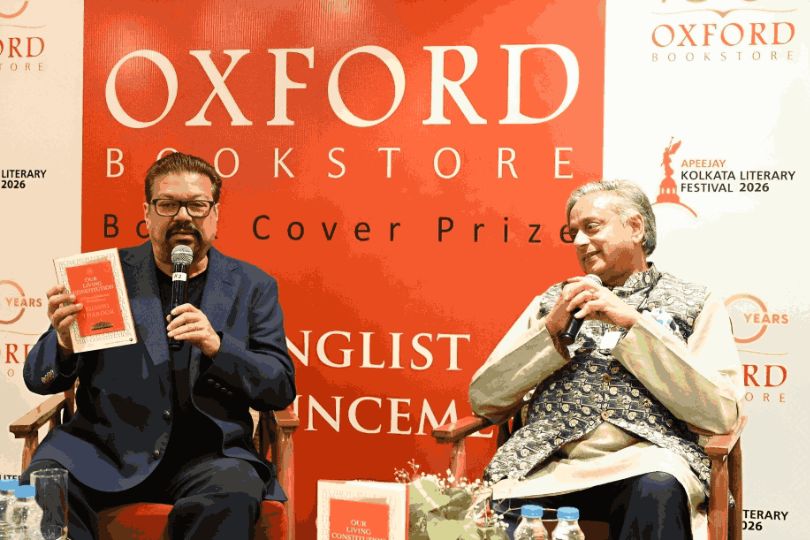
.jpg)

.jpg)

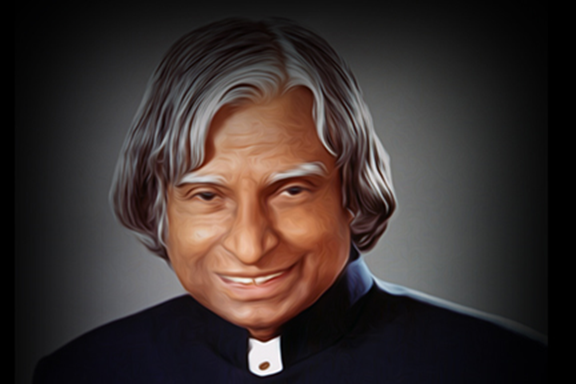
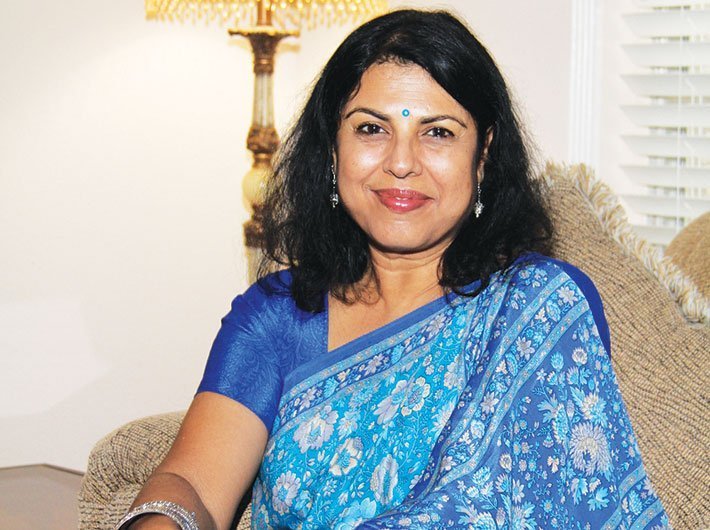
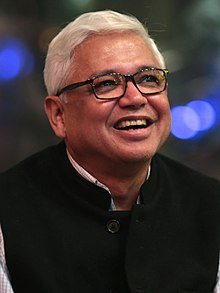
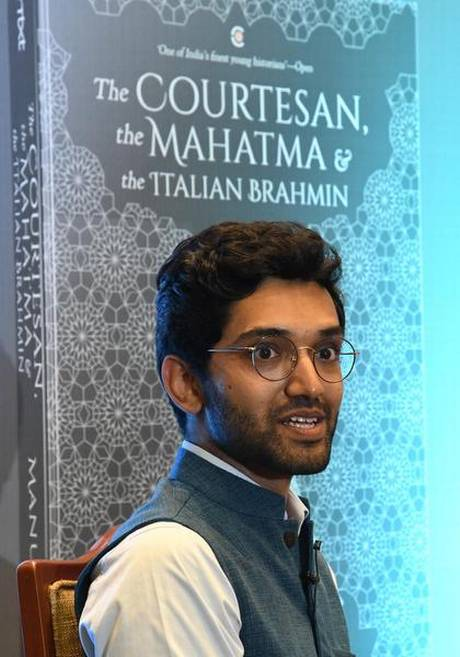
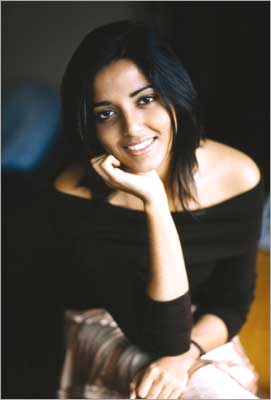


Sorry! No comment found for this post.